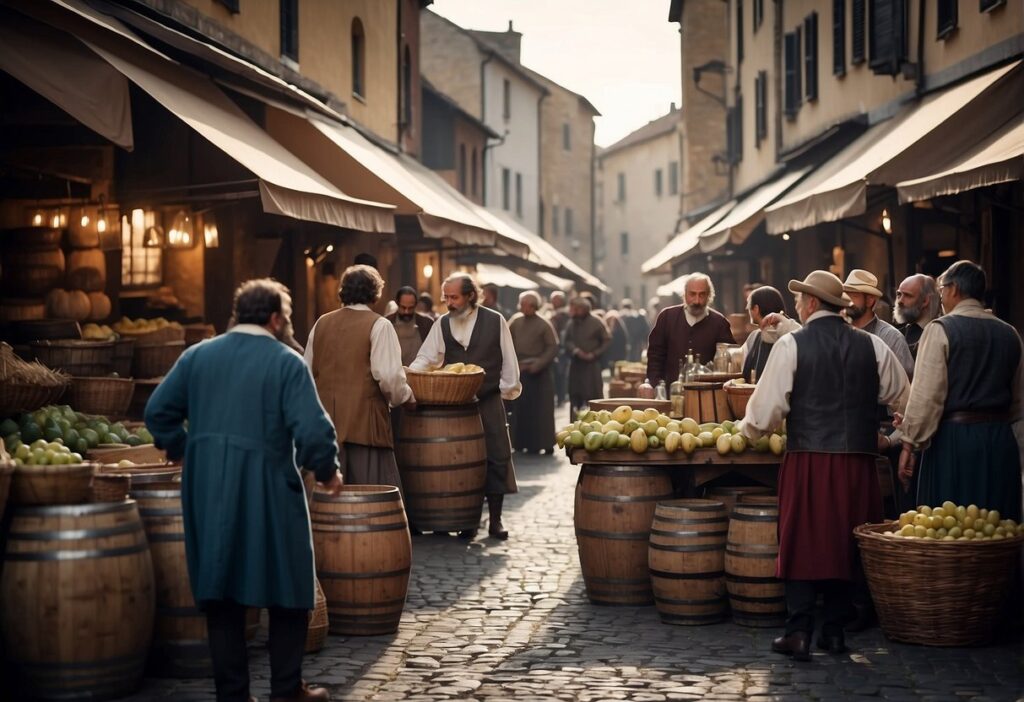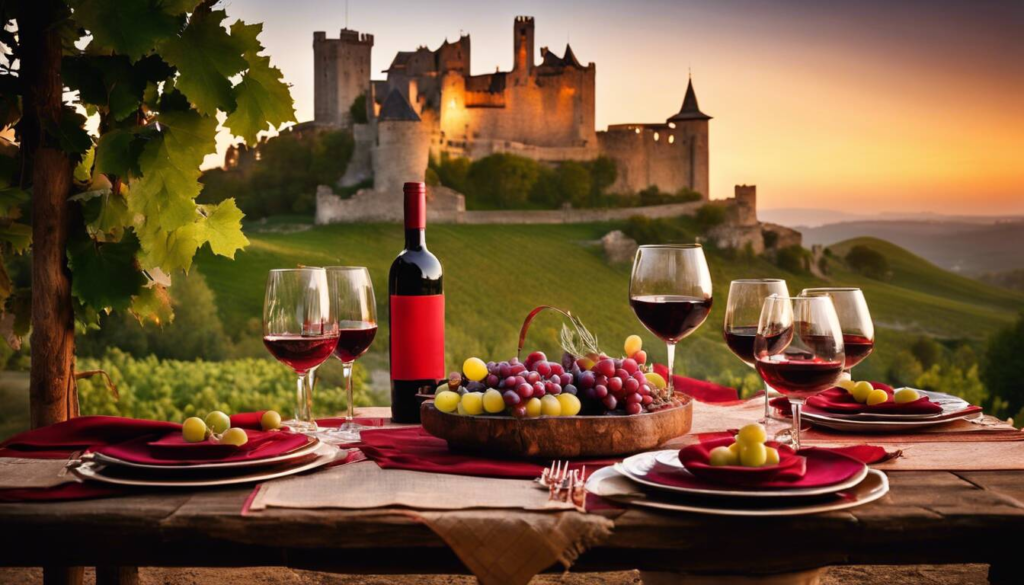Impacts of Wine Laws on Medieval Economy: Unveiling Their Role in Shaping Trade and Commerce
In the Middle Ages, the production and trade of wine significantly shaped the European economy. Local and long-distance trade flourished as wine became a staple commodity, brokered through complex networks. Wine laws and regulations of the period were not merely legal formalities; they were economic tools that governed production, fixed prices, and controlled imports and […]









